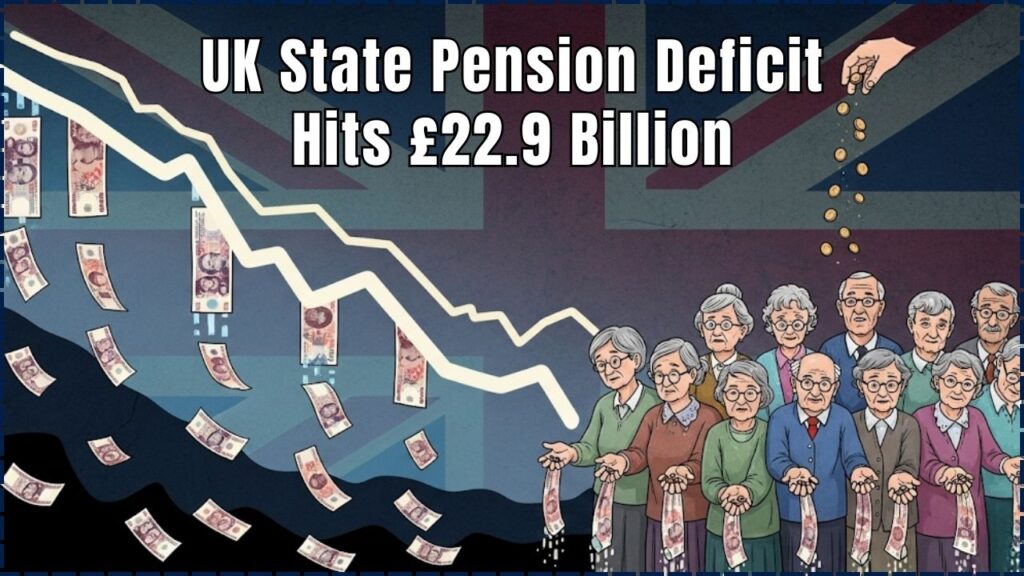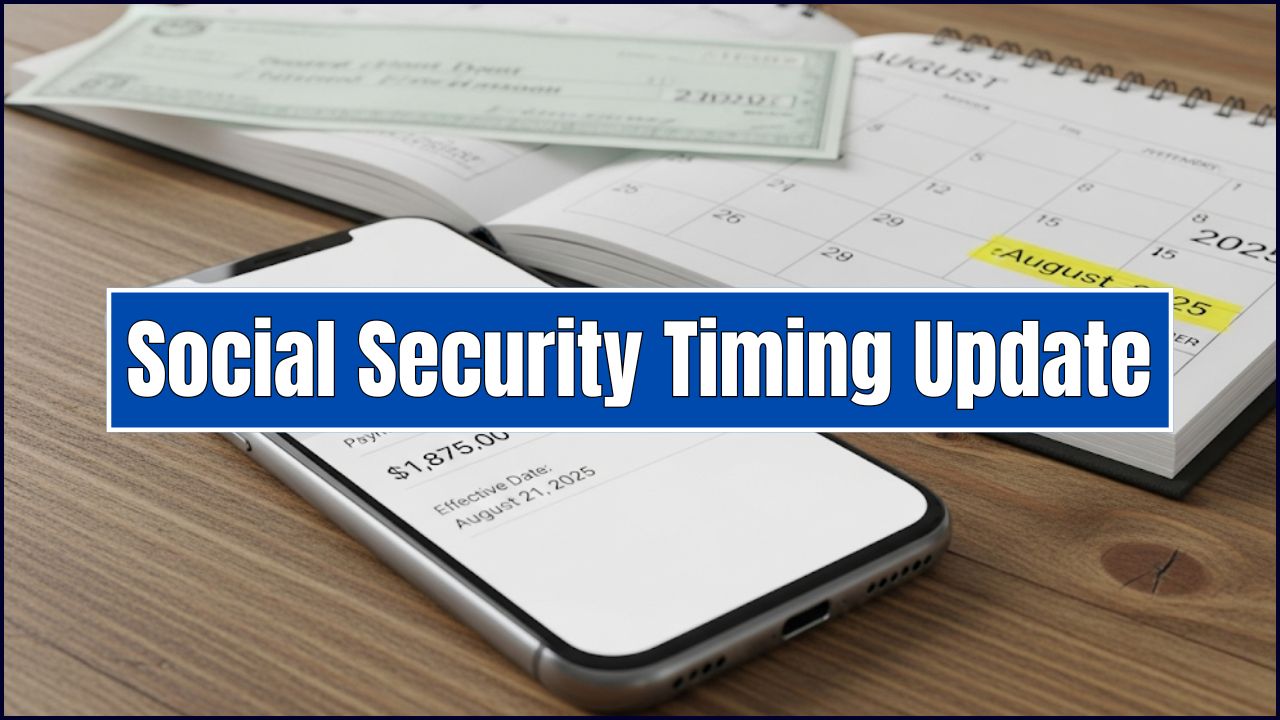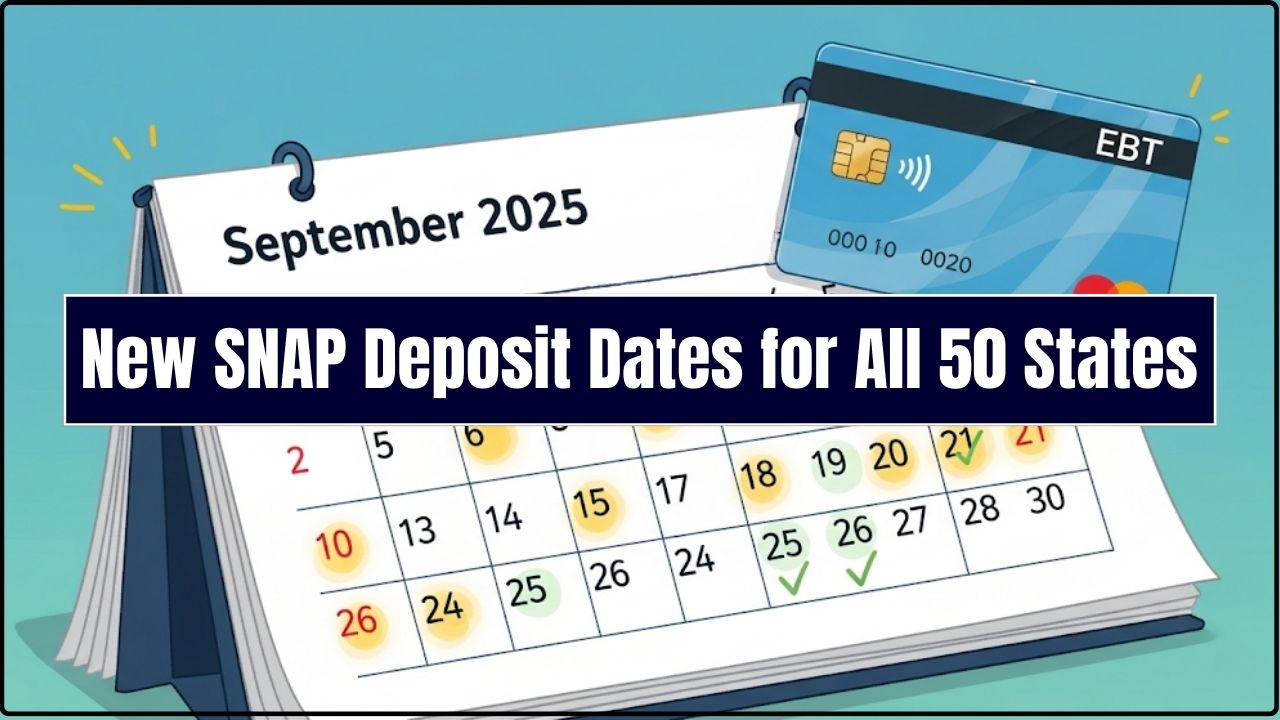The UK state pension deficit hits £22.9 billion, and everyone’s wondering what that means for their future paychecks in retirement. The number sounds huge—because it is—but let’s cut through the noise. This isn’t money that’s “missing” right now. Instead, it’s a projection: by 2029–30, the UK government could be paying out an extra £22.9 billion every year to cover state pensions, thanks to the “triple lock.”

If you’re scratching your head asking, “So, am I gonna get less money when I retire?”—relax. For now, pensions are safe. But this news matters because it’s a signal of bigger challenges ahead for both the government and future generations of retirees.
UK State Pension Deficit Hits £22.9 Billion
| Topic | Details |
|---|---|
| Deficit Figure | £22.9 billion projected increase in annual pension spending by 2029–30 |
| Why It’s Rising | Triple lock protection, high inflation, and demographic shifts |
| Impact on You | Pensions remain protected, but taxpayers may face higher taxes |
| Fiscal Risk | Could reach £43 billion annually under some scenarios |
The UK state pension deficit hitting £22.9 billion isn’t a crisis today, but it’s a clear warning sign. Retirees now are safe, but younger generations face uncertainty. The best move? Plan ahead, diversify income, and stay informed. By stacking your pension with personal savings and smart investments, you’ll be ready no matter what policy changes come down the line.
A Quick History: How We Got Here
The UK state pension was introduced back in 1908, starting as a small payment for the poorest elderly people. Fast forward to 2012, and the triple lock policy came along. It was designed to protect retirees from losing purchasing power. Under it, pensions increase each year by the highest of:
- 2.5%,
- Inflation (CPI), or
- Average earnings growth.
Sounds fair, right? The problem is inflation and economic slowdowns have made pensions rise faster than expected—like when Netflix keeps hiking prices while your salary stays the same.
Why the £22.9 Billion Gap Exists
The OBR (Office for Budget Responsibility) says that by 2029–30, state pensions will cost £22.9 billion more annually than if they were tied only to earnings. In some scenarios, that could climb to £43 billion by 2060.
Here’s why:
- Longer lifespans: Brits are living longer, meaning more years drawing pensions.
- More retirees, fewer workers: By 2050, the ratio of workers to retirees will shrink dramatically.
- Inflation spikes: In recent years, high inflation triggered some of the largest pension increases in decades.
How the New vs. Old State Pension Compares
| Feature | New State Pension (post-2016) | Old Basic State Pension (pre-2016) |
| Max Weekly Payout (2025/26) | £230.25 | £176.45 (plus any Additional State Pension) |
| Qualifying Years | Requires 35 years of NI contributions for a full pension. | Required 30 years of NI contributions for a full pension. |
| Simplicity | A single, flat-rate system that is easier to understand. | A more complex system with multiple components like Basic State Pension and Additional State Pension (SERPS/S2P). |
| Claiming on Partner’s Record | Generally, you cannot claim on a spouse or civil partner’s record. | It was often possible to boost your pension by claiming on your partner’s National Insurance record. |
Global Comparisons
To put things into perspective:
- US Social Security: Facing insolvency by 2033 unless taxes rise or benefits are cut.
- Australia: Relies heavily on “superannuation” (compulsory private savings), reducing strain on public pensions.
- Germany & France: Have faced protests and reforms as governments raised retirement ages to keep pensions solvent.
The UK is in the same boat, trying to balance fairness for today’s retirees with sustainability for future generations.
Real-Life Example: What It Means for Retirees
- Alice, 68 (Current Retiree): Alice receives the new state pension of £221.20 per week (2024/25). Thanks to the triple lock, her income rises with inflation, protecting her grocery money from skyrocketing prices.
- Ben, 45 (Mid-Career Worker): Ben contributes to a workplace pension, but knows state pensions might change by the time he retires. He’s planning extra savings in ISAs and investments.
- Chloe, 25 (Young Professional): Chloe can’t rely on the state pension being as generous when she’s 70+. She’s starting early with private savings and employer contributions.
What This Means for Professionals
- Employees: Don’t count only on the state pension. Use workplace pensions and employer-matched contributions to build wealth.
- Freelancers/Business Owners: Set up personal pensions or SIPPs (Self-Invested Personal Pensions). Think of it as paying your “future self” first.
- High Earners: Watch out for tax implications—your pension contributions may reduce taxable income, giving you short-term benefits too.
How to Plan Ahead: A Step-by-Step Guide
Step 1: Know Your Numbers
Check your forecast at gov.uk/check-state-pension. Know how much you’ll get and at what age.
Step 2: Save More Outside the State Pension
Consider workplace pensions, ISAs, or investment accounts. A mix of safe assets (bonds) and growth assets (stocks) helps fight inflation.
Step 3: Diversify Income Streams
Think beyond pensions—rental income, side hustles, or part-time consulting work in retirement.
Step 4: Stay Informed About Policy Changes
Policies change with governments. Stay updated via OBR and GOV.UK State Pension.
Step 5: Build an Emergency Cushion
3–6 months of expenses in cash savings helps if the government makes changes you didn’t expect.
Weekly Action Checklist
- Check your state pension forecast
- Contribute extra to your workplace pension this month
- Review your investment mix for inflation protection
- Subscribe to OBR or GOV.UK updates
- Book a call with a financial advisor
Top 3 State Pension Mistakes to Avoid
- Ignoring Your National Insurance (NI) Record: Don’t assume your record is perfect. Gaps from low-earning years, being unemployed, or living abroad could reduce your future pension. Check your record regularly and consider making voluntary contributions to fill any gaps.
- Not Checking Your Forecast: Many people reach retirement age without knowing how much State Pension they’re entitled to. The official government forecast is a simple, free way to get a clear picture of your future income and plan accordingly.
- Assuming the Rules Won’t Change: The State Pension system has changed many times and will likely do so again. Staying informed about debates on the pension age and the triple lock will help you prepare for any policy shifts.
Future Scenarios
- Triple Lock Stays: Pensions stay strong, but taxes rise.
- Triple Lock Tweaked: Benefits grow more slowly, costs fall.
- Retirement Age Rises: Younger generations work longer before collecting.
- Means-Testing Introduced: Wealthier retirees could get reduced payouts.
Real-World Case Study or Mini Example
Sarah, a 45-year-old marketing manager from Manchester, read about the pension deficit and decided to take action. She used the government’s online tool to check her State Pension forecast and was shocked to discover she had a five-year gap in her National Insurance record from when she was raising her children. By making voluntary contributions, she was able to fill those years, boosting her projected annual pension by over £1,600, a small investment with a huge long-term return.
FAQs
Q1: Will my pension be cut soon?
No, current retirees are safe. Changes would affect future generations.
Q2: Could taxes rise because of pensions?
Yes, higher taxes or spending cuts in other areas could balance the books.
Q3: Is the retirement age going up again?
Yes, it’s likely. The age will already reach 67 by 2028 and could rise further.
Q4: What’s better—state pension or private pension?
Both. The state pension is a safety net; private pensions give flexibility and higher income.
Q5: Can inflation wipe out my savings?
Yes, if you only save cash. Investments like stocks or property help hedge against inflation.
Q6: Is the UK pension system sustainable?
Not without reforms. That’s why experts are sounding alarms.
Q7: Should younger workers plan as if the state pension won’t exist?
Yes—better to be pleasantly surprised than caught short.
Q8: What about self-employed people?
They must make voluntary contributions to qualify for full state pension.
Q9: Can pension reforms affect my career plans?
Absolutely—if retirement ages rise, you may be working longer than expected.
Q10: How does this compare globally?
The UK is better off than some, worse than others. But every major economy is facing the same challenge: more retirees, fewer workers.












